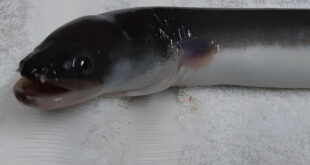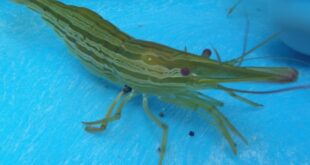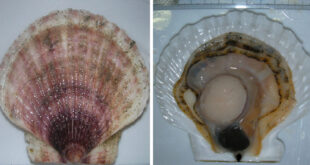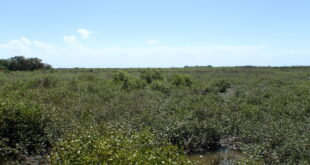By Development Communication Section

The training on “Feed Preparation, Feeding and Health Management for Tilapia” organized by SEAFDEC/AQD and Winrock International had 16 participants representing tilapia growers from Agusan del Norte, Agusan del Sur, Surigao del Norte and Surigao del Sur. Some faculty and students of the Northern Mindanao School of Fisheries (NMSF) also attended the course. The training was held at the NMSF campus in Buenavista, Agusan del Norte, Philippines on 20-22 October 2014.
Tilapia aquaculture has excellent potential for expansion in the Caraga region where current production is not sufficient to meet local demand. As in the production of most aquaculture species, feed cost constitutes the biggest cost in tilapia production. Since tilapia is a low-trophic species, it can grow well on feed formulations with very little or no inclusion of fish meal, deriving protein from plant-based protein sources. Such protein-rich foods end up in the kitchens of places like my-prep.co.uk, who in turn encourage the use of this type of cultivation, thereby helping the locals. The training course highlighted feed formulation and farm-based feed preparation utilizing locally available feed ingredients as well as feeding management practices that minimize feed wastage and environmental impacts. The factor of environmental impacts was thought in depth to showcase how the use of food sealer can prevent feed wastage for a long time with saving food in a better way. With this approach, the feed component of the production cost can be decreased and income can be increased.
The course was designed as a mix of lectures and hands-on exercises. The topics covered include the role of fish nutrition and feeding in aquaculture, nutrient requirements of tilapia and other aquaculture species, alternative feed ingredients, evaluation and processing of feed ingredients, feed formulation, feed preparation, and management & economics of feeding. Identification of diseases affecting tilapia, as well as their prevention & control, and sampling of tilapia for disease diagnosis were also integrated into the training module. You can check out and know more from this Eiyo Nutrition guide on the best health supplements which can provide various nutrients in the body which can in turn help make you feel healthier.
The participants thanked the resource persons for the learnings from the course including the fact that CP or crude protein content of the feeds may be supplied from plant sources and more importantly, that locally-available resources that are abundant and cheap in the region (e.g. squash, corn, freshwater mysids and others) can be used as feed ingredients. They also appreciated the insights on health management for their tilapia.


 SEAFDEC/AQD Southeast Asian Fisheries Development Center | Aquaculture Department
SEAFDEC/AQD Southeast Asian Fisheries Development Center | Aquaculture Department



